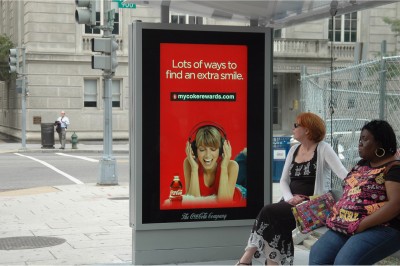
Due in part to local bylaws, particularly for traffic-facing signs, it is common to transition between static images, rather than display full-motion video.
Connectivity, meanwhile, can be provided with a simple modem and antenna for cellular-based data service. It is important to check area coverage first.
In addition to bringing updated content to and allowing remote control of the screen, connectivity is necessary in terms of sending information back to the network operation centre (NOC), including verifications that content has indeed been displayed, operational data and alerts, such that the screen can ‘phone home’ if it experiences a failure. Under these circumstances, the NOC needs the ability to reboot the modem, switch or embedded media player.
A different world
For all of these reasons, true outdoor digital displays are not simply repackaged indoor displays. With common failure points like overheating, solar clearing, fading brightness and insufficient power, they face a significantly harsher reality, with the sun being ‘enemy number one.’
While there are many considerations, questions and extra costs that come with properly deploying outdoor digital signage, however, the benefits of reaching an out-of-home (OOH) audience are also significant and well worth the time and effort.
Peter Kaszycki is vice-president (VP) of business development for Manufacturing Resources International (MRI), a provider of indoor and outdoor digital displays. For more information, contact him via e-mail at pkaszycki@mri-inc.net.





